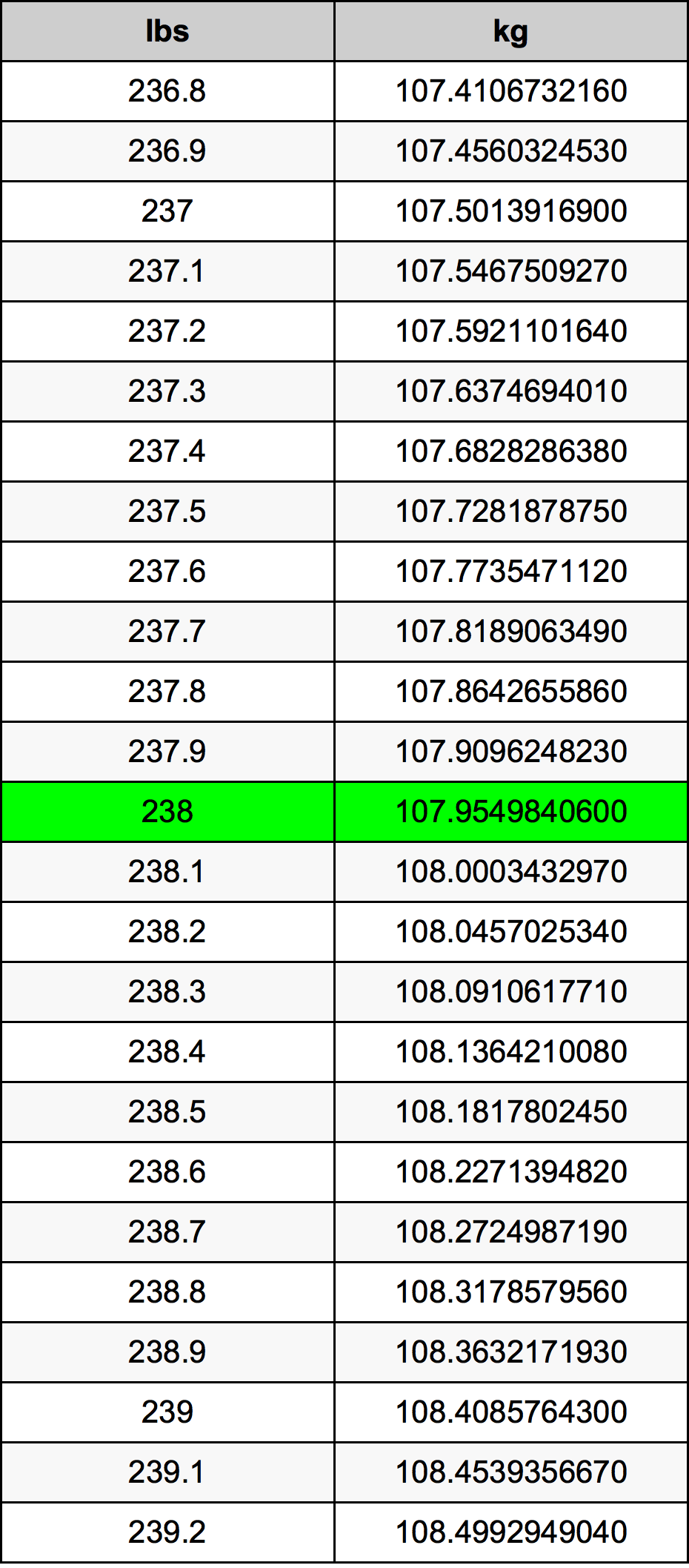John 1 Verse 14 To 18 Says About Jesus Christ

The passage in John 1:14-18 is a pivotal section of Scripture that reveals profound truths about the nature and character of Jesus Christ. This portion of the Gospel of John is part of the introduction to Jesus, setting the stage for the rest of the book, which details His ministry, teachings, death, and resurrection. Let’s delve into these verses to understand their richness and significance:
John 1:14
“And the Word became flesh and dwelt among us, and we have seen his glory, glory as of the only Son from the Father, full of grace and truth.” (ESV)
This verse marks a climax in the introduction of Jesus Christ. The “Word” (Logos in Greek), which was introduced in John 1:1 as being with God and being God, takes on human flesh. This incarnation is the most profound act of God’s love and salvation plan for humanity. The phrase “dwelt among us” suggests a tenting or tabernacling among men, a reference to God’s presence with Israel in the wilderness (Exodus 25:8; 29:45-46). Jesus, as the Word, brings the presence of God among people again, but this time in a personal, intimate way. The glory of Jesus, which was seen by His disciples, is described as being “full of grace and truth,” encapsulating the perfect balance of God’s merciful love (grace) and faithfulness (truth).
John 1:15
”(John bore witness about him, and cried out, “This was he of whom I said, ‘He who comes after me ranks before me, because he was before me.’”)” (ESV)
Here, John the Baptist testifies about Jesus. He humbly acknowledges Jesus’ superiority, noting that even though Jesus came after him in terms of physical appearance and public ministry, Jesus is actually before him in terms of divine nature and preexistence. This statement reflects the eternal existence of Jesus, emphasizing His deity.
John 1:16
“For from his fullness we have all received, grace upon grace.” (ESV)
This verse expands on the concept of Jesus being full of grace and truth (John 1:14). It explains that from the fullness of Jesus’ being, believers receive “grace upon grace,” or grace in place of grace. This can be understood as an overflowing, abundant supply of grace, where one grace or blessing replaces or builds upon another, continuously providing for and transforming those who believe in Him.
John 1:17
“For the law was given through Moses; grace and truth came through Jesus Christ.” (ESV)
The law, given through Moses, represented God’s will and standard for righteousness but also highlighted humanity’s inability to achieve perfection on its own. With the coming of Jesus Christ, however, a new era is ushered in, characterized by “grace and truth.” This is not to say the law was false or without truth, but rather, Jesus brings the complete and perfect embodiment of God’s grace and truth. Jesus is the fulfillment of the law (Matthew 5:17) and the one who perfectly represents God’s character and will.
John 1:18
“No one has ever seen God; the only God, who is at the Father’s side, he has made him known.” (ESV)
This verse concludes the introductory section of the Gospel of John by emphasizing that no human has directly seen God the Father. However, Jesus, who is described here as “the only God” or more accurately, “the only Son,” has been at the Father’s side and has made Him known. This statement underscores Jesus’ unique role as the revealer of God. Through His life, teachings, death, and resurrection, Jesus makes God known to humanity in a way that transcends previous revelations, offering a direct and personal relationship with God.
In summary, John 1:14-18 presents Jesus Christ as the incarnate Word of God, full of grace and truth, who has made God known to humanity in a personal and direct way. This passage sets the foundation for the rest of the Gospel of John, highlighting Jesus’ divine nature, His role as the fulfiller of the law and the bringer of grace and truth, and His unique position as the revealer of God the Father.


